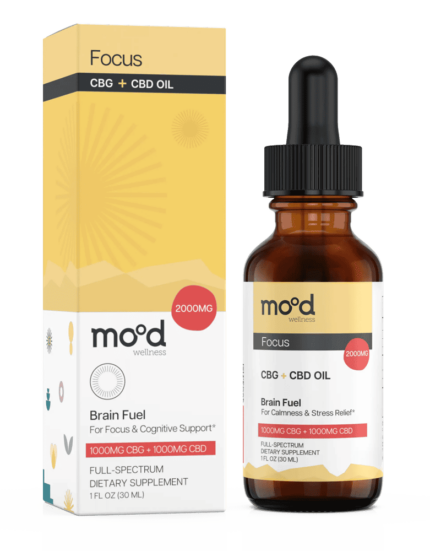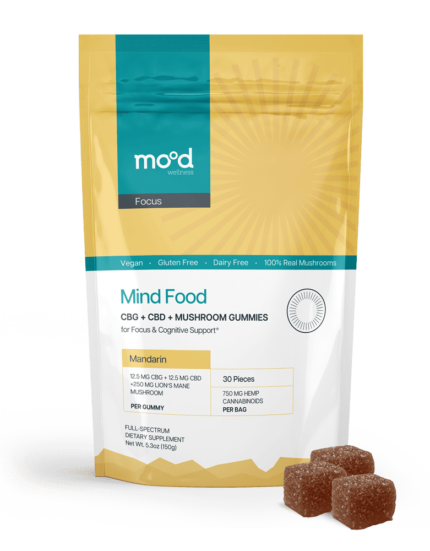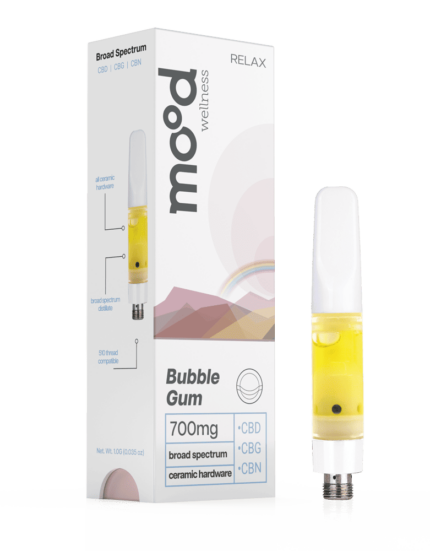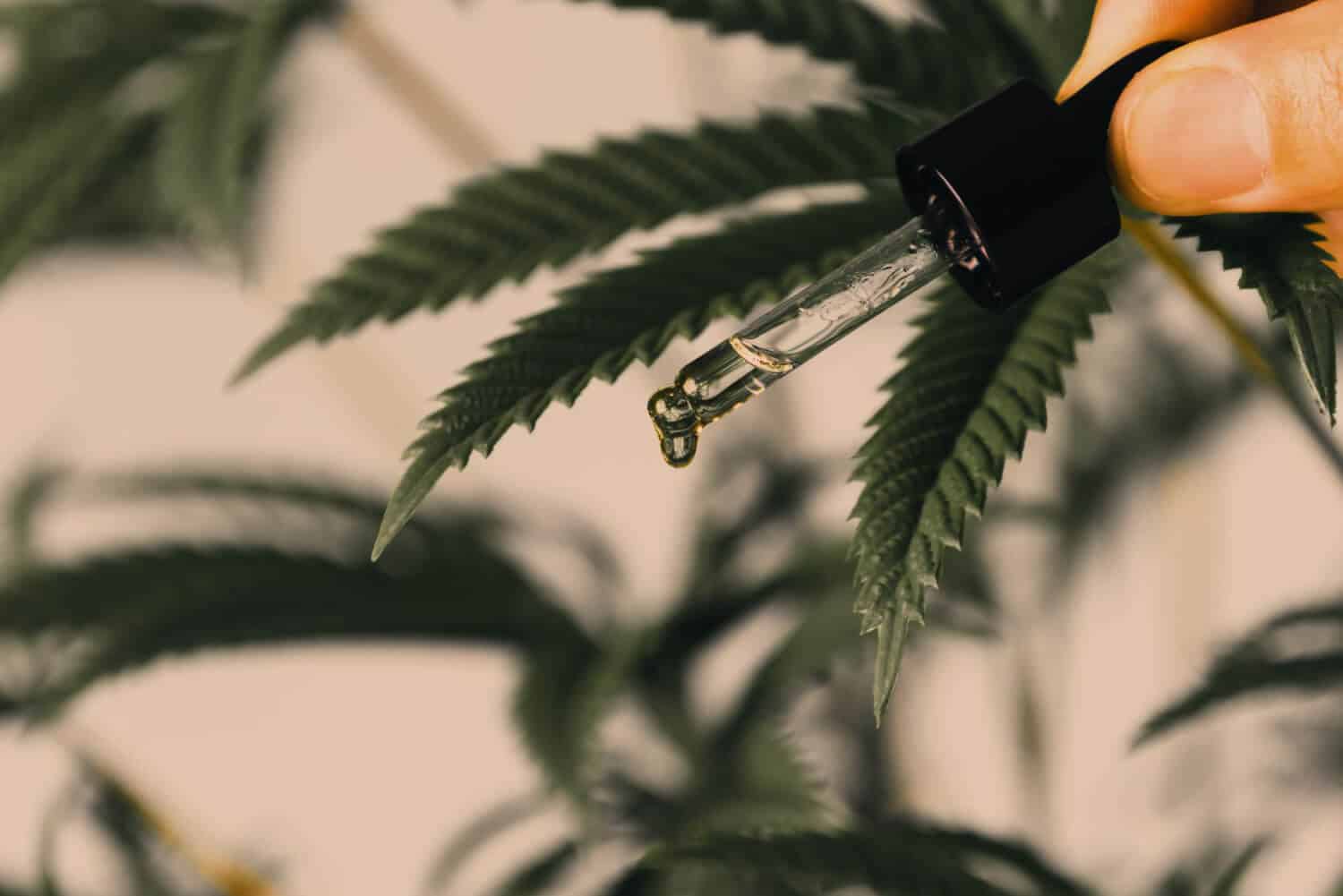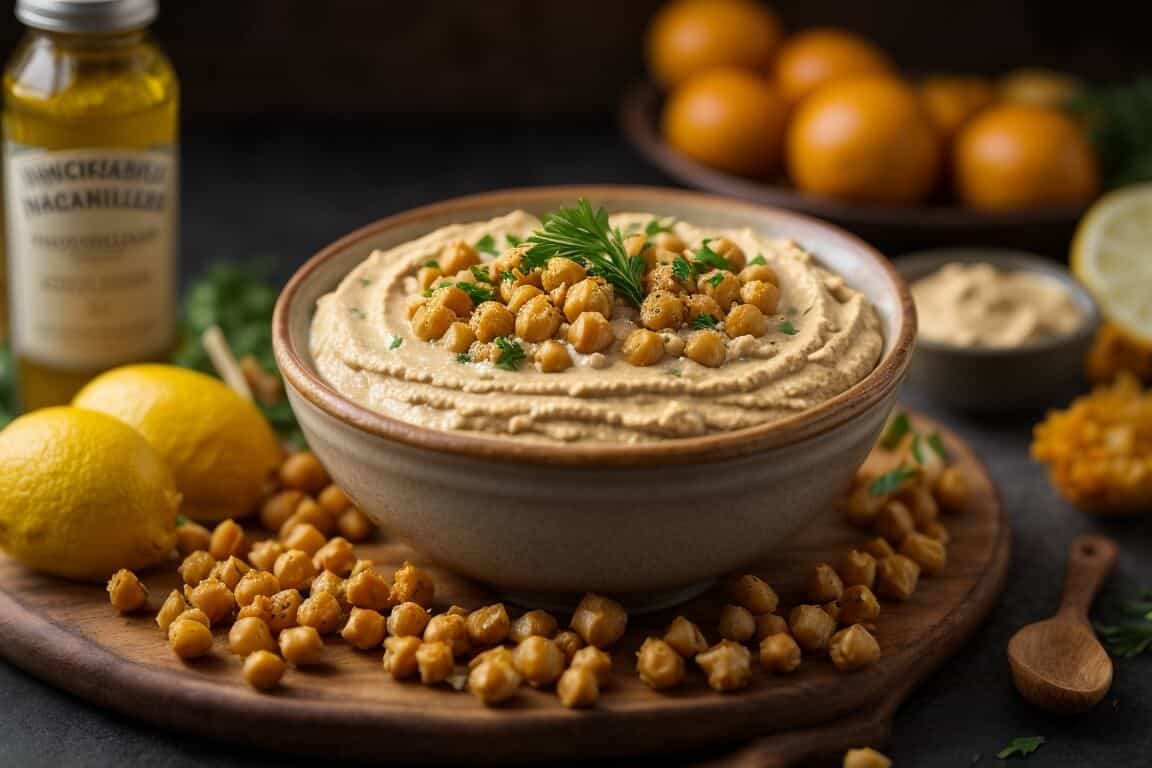Amidst the buzz around cannabinoids like THC and CBD, a new contender emerges: CBG, or Cannabigerol. With its growing popularity for potential health benefits without the high, CBG piques interest in the wellness world. But does it really not induce a high?
This article dives into CBG’s effects, answering the pivotal question: Does CBG get you high? Join us as we uncover the truth behind CBG’s psychoactive properties, offering clear insights into this lesser-known cannabinoid.

What Is CBG?
Cannabigerol (CBG) is a lesser-known cannabinoid found in the cannabis plant. CBG often overshadowed by its more famous relatives, CBD (Cannabidiol) and THC (Tetrahydrocannabinol). Unlike THC, CBG is non-psychoactive, meaning it doesn’t produce the euphoric high associated with marijuana use. It’s derived from young cannabis plants, as they contain higher concentrations of CBGA before it converts into other cannabinoids like CBDA and THCA during the plant’s flowering stage.
CBG is obtained through specific extraction processes, given its relatively low concentration in the cannabis plant. This rarity contributes to its emerging status in the realm of cannabinoid research and use. In terms of legality, Cannabigerol falls into a similar category as CBD in many jurisdictions. CBG is legal provided it’s derived from hemp plants containing less than 0.3% THC, under the guidelines set by the 2018 Farm Bill in the United States.
The distinction between CBG, CBD, and THC lies not only in their psychoactive effects but also in their potential therapeutic benefits. While research is still in preliminary stages, Cannabigerol has been shown to possess properties that could benefit health without the intoxicating effects of THC making it a compound of growing interest in medical and wellness communities.
CBG’s Interaction with the Endocannabinoid System
The Endocannabinoid System (ECS) is a complex network within the body that plays a pivotal role in regulating various physiological processes, including mood, appetite, pain sensation, and immune system responses. Cannabinoids, the active compounds found in the cannabis plant, interact with the ECS by binding to cannabinoid receptors scattered throughout the body. This interaction triggers various effects, depending on which cannabinoid is involved and where the receptors are located.
CBG, or Cannabigerol, interacts with the ECS in a way that distinguishes it from its more psychoactive counterpart, THC. Unlike THC, which binds directly to CB1 receptors in the brain and produces psychoactive effects, CBG has a more indirect mode of interaction. It is thought to act primarily on CB2 receptors, which are found predominantly in the peripheral organs and tissues associated with the immune system. Because of this, CBG does not produce the “high” associated with THC, positioning it as a non-psychoactive cannabinoid.
Scientific evidence supporting CBG’s effects on the body is still in the early stages, but preliminary studies suggest it holds promise for treating a variety of conditions without intoxicating effects. Research indicates that Cannabigerol may have anti-inflammatory, analgesic, and neuroprotective properties, offering potential therapeutic benefits without compromising cognitive function. This evidence underscores the unique potential of CBG as a cannabinoid that can interact with the ECS to provide health benefits, all while maintaining a non-psychoactive profile.
Does CBG Get You High?
Following the exploration of CBG’s nature and its interaction with the endocannabinoid system, a key question remains: Does CBG get you high? The straightforward answer is no. Cannabigerol, unlike THC, does not produce psychoactive effects. This distinction is crucial for individuals seeking the therapeutic benefits of cannabis without the altered state of consciousness commonly associated with marijuana use.
The reason behind CBG’s non-intoxicating effect lies in its chemical structure and how it interacts with the brain’s receptors. While THC binds directly to CB1 receptors in the brain, leading to psychoactive effects, CBG does not have a strong affinity for these receptors. Instead, it might influence the body through other receptor pathways, which do not alter perception or mood in the manner THC does.
This characteristic of CBG makes it an attractive option for those interested in exploring the potential health benefits of cannabinoids without experiencing the high. Whether it’s for managing pain, reducing inflammation, or exploring its antibacterial properties, Cannabigerol offers a realm of possibilities for medical research and therapeutic use, all while sidestepping the psychoactive effects that have historically complicated the discussion around cannabis use.
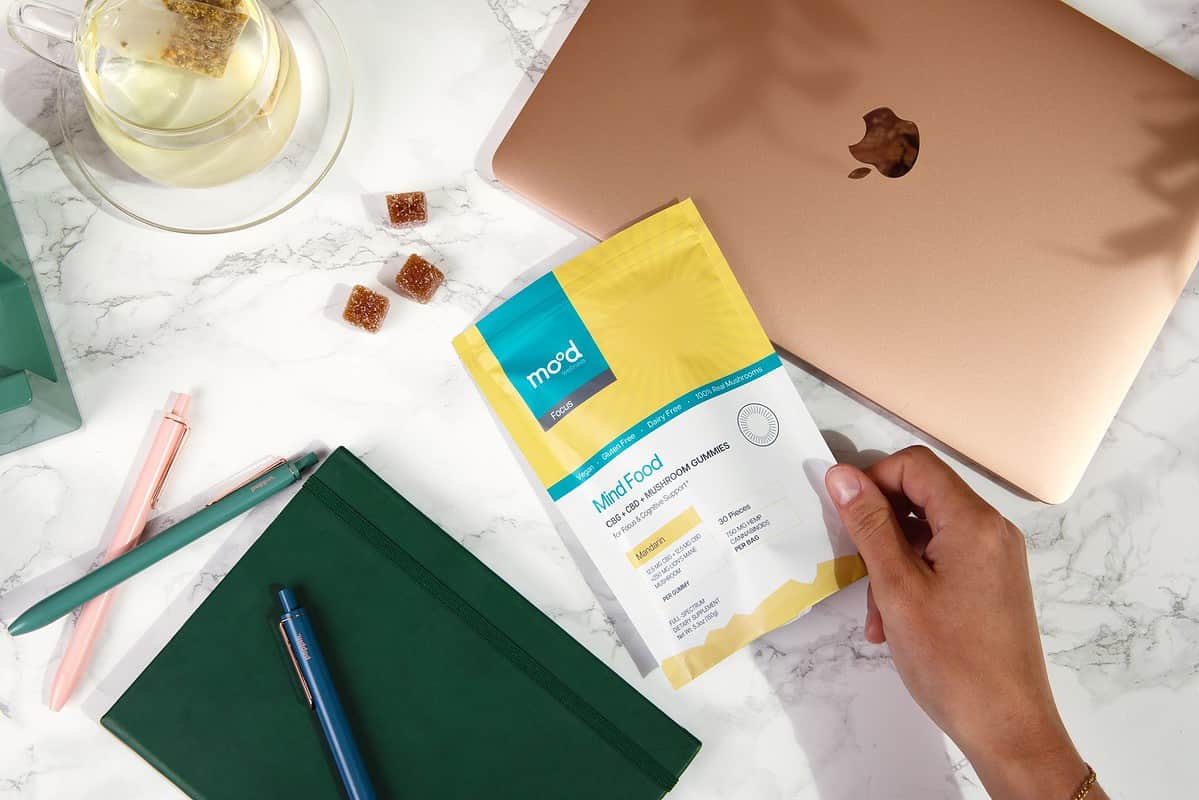
Comparing CBG to THC: Psychoactive Effects
When examining the psychoactive properties of cannabinoids, THC stands out for its ability to induce a euphoric high, a characteristic that has defined the recreational use of cannabis. THC achieves this effect by binding directly to CB1 receptors in the brain, which are part of the endocannabinoid system responsible for regulating mood, memory, and perception. This binding alters normal brain communication, leading to the psychoactive effects associated with marijuana.
In contrast, Cannabigerol interacts differently within the same system. CBG’s molecular structure does not allow it to bind as effectively with CB1 receptors, thus it does not trigger the psychoactive response that THC does. Instead, CBG is thought to interact with other receptors in the body, potentially influencing the body’s pain, inflammation, and stress responses without altering the user’s mental state.
To provide a clear comparison, the following table summarizes the key differences between CBG and THC regarding their psychoactive effects:
| Feature | CBG | THC |
| Psychoactive Effects | No | Yes |
| Receptor Affinity | Primarily CB2 and other non-CB1 receptors | Primarily CB1 receptors in the brain |
| Main Effects | Anti-inflammatory, analgesic, antibacterial | Euphoria, altered perception, increased appetite |
| Legal Status | Generally legal if derived from hemp (less than 0.3% THC) | Varies widely, fully legal in some places and illegal in others |
Research and expert opinions support the claim that Cannabigerol does not produce a high. Studies highlight the therapeutic potential of CBG without the psychoactive effects, making it an area of growing interest for medical research. For instance, a study published in the “Journal of Cannabinoid Medicine” indicates that CBG can offer pain relief and anti-inflammatory benefits without impairing cognitive functions, showcasing its promise as a non-psychoactive alternative to THC.
The Therapeutic Potential of Cannabigrol Without the High
CBG stands out in the cannabinoid world for its therapeutic benefits without the psychoactive effects associated with THC. This makes it highly appealing for those seeking health benefits without experiencing a high. Here’s a concise overview of CBG’s potential therapeutic applications:
-
- Anti-inflammatory Properties: Offers potential relief for conditions like inflammatory bowel disease by reducing inflammation without cognitive impairment.
-
- Antibacterial Effects: Shows promise in fighting antibiotic-resistant bacteria, suggesting a new avenue for infection control without psychoactive consequences.
-
- Neuroprotective Qualities: Preliminary studies indicate CBG may protect against neurodegenerative diseases such as Huntington’s, offering neuroprotection without intoxication.
The key takeaway is that CBG’s health benefits can be accessed without the high, making it a versatile option for medical and wellness use. This aspect of CBG is particularly attractive for those looking for effective treatment options while maintaining full mental clarity.
How to Use CBG: Consumption Methods & Combinations
CBG can be introduced into the body through various methods, each offering its own set of benefits. Popular consumption methods include CBG oil tinctures, which allow for precise dosing and quick absorption when taken sublingually. CBG-infused edibles and gummies offer a more discreet and convenient option, with effects that last longer, making them ideal for sustained relief. For those seeking localized effects, CBG topicals can be applied directly to the skin, addressing issues like inflammation and pain at their source.
Combining Cannabigerol with other cannabinoids can enhance its therapeutic potential through the entourage effect. For instance, pairing CBG with CBD may amplify anti-inflammatory and stress-reducing benefits, offering a synergistic approach to wellness. As with any cannabinoid product, the key to effective use lies in experimentation within safe boundaries to discover what combination and method yield the best results for your needs.
CBG Dosage: How Much to Take
Navigating the world of CBG dosage can be a bit like finding your footing in uncharted territory. With research on Cannabigerol still blossoming, definitive dosage guidelines are yet to be established. However, like its cannabinoid cousins, the key to Cannabigerol dosage lies in the principle of “start low and go slow.” This approach allows individuals to gauge their body’s response and adjust accordingly.
Initial suggestions for CBG start at doses as low as 5mg, gradually increasing to 25mg or more, depending on individual tolerance and the health issues being addressed. It’s crucial to consider factors such as body weight, the concentration of Cannabigerol in the product, and personal health goals. Consulting with a healthcare provider who understands cannabinoids can provide tailored advice, ensuring that you find an effective and safe starting point.
Will CBG Show Up on a Drug Test?
A common concern among cannabinoid users is whether their use will be detected in a drug test. Most standard drug tests are designed to detect THC, the psychoactive compound in cannabis, rather than Cannabigerol. However, the specificity of the test and the purity of the CBG product play crucial roles. If the CBG product contains trace amounts of THC (as is possible with full-spectrum products), there’s a slim chance it could contribute to a positive test result, especially with high or frequent consumption.
For those concerned about drug testing, seeking out isolate or broad-spectrum CBG products, which are formulated to remove THC, may offer peace of mind. It’s also wise to review lab reports for any CBG product to ensure its THC content is within a safe range. Ultimately, while Cannabigerol itself should not trigger a positive drug test, the nuances of product composition and testing methods mean caution is advised.
Real User Experiences
Many users turning to CBG have shared positive feedback, highlighting its effectiveness without the high. One user described using CBG oil to manage chronic pain, noting significant relief without any psychoactive effects, allowing them to remain clear-headed throughout the day. Another shared their experience using Cannabigerol for stress, emphasizing how it calmed their symptoms without the drowsiness or altered state often associated with THC. These anecdotes underline CBG’s appeal as a therapeutic option that doesn’t compromise cognitive function, aligning with scientific findings on its non-intoxicating nature.
Explore Our CBG Products
Interested in experiencing the therapeutic benefits of CBG for yourself? At Mood Wellness, we’re dedicated to providing high-quality, non-psychoactive CBG products tailored to meet your wellness needs. From CBG oils to gummies, our carefully curated selection is designed to harness the potential of CBG, offering a natural, effective way to enhance your health without the high. Whether you’re looking to manage pain, reduce inflammation, or simply explore the wellness benefits of CBG, our products are crafted to support your journey towards better health.
Discover more and find the right CBG product for you by visiting our CBG Products page: Mood Wellness CBG Products.
Conclusion: Does CBG Get You High?
-
- Cannabigerol is a non-psychoactive cannabinoid offering therapeutic benefits without the high associated with THC, making it suitable for daily use without impairing cognitive function.
-
- It has demonstrated potential in anti-inflammatory, antibacterial, and neuroprotective properties, presenting a promising option for various health conditions.
-
- Real user experiences reinforce CBG’s effectiveness in managing conditions like pain and stress, highlighting its non-intoxicating nature.
-
- Choosing high-quality CBG products is crucial for ensuring safety and effectiveness, emphasizing the need for consumer diligence.
-
- Consulting healthcare providers before using CBG is recommended to ensure it aligns with individual health needs and to navigate its use safely and effectively.
